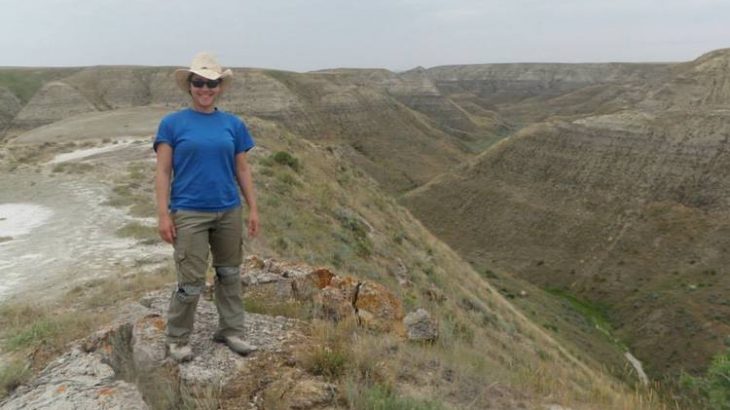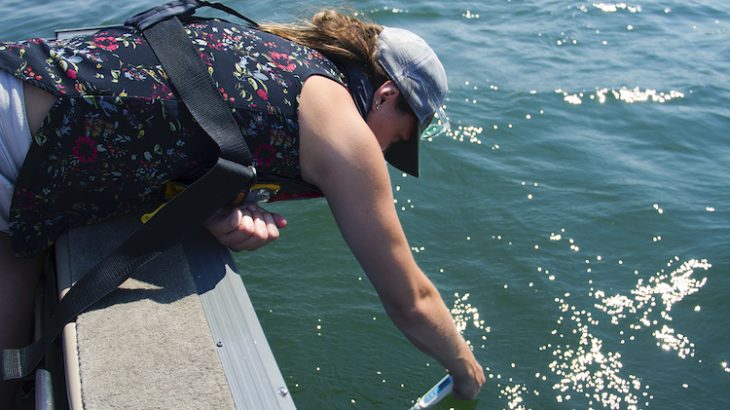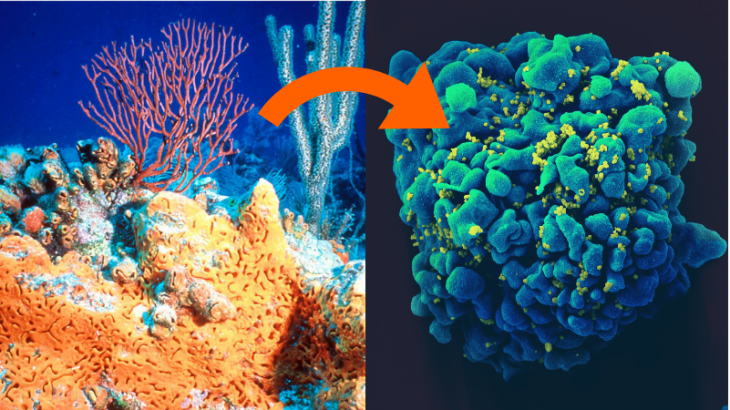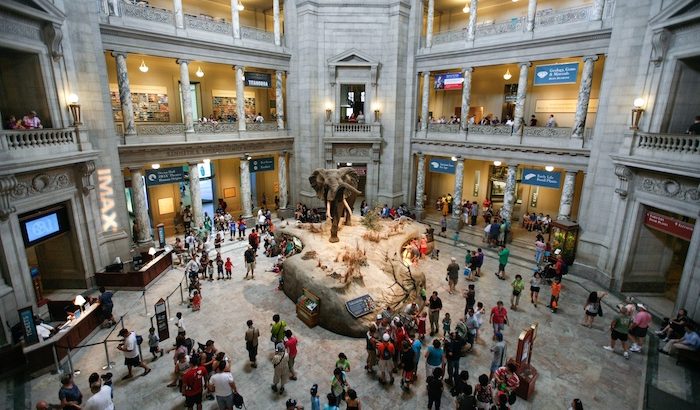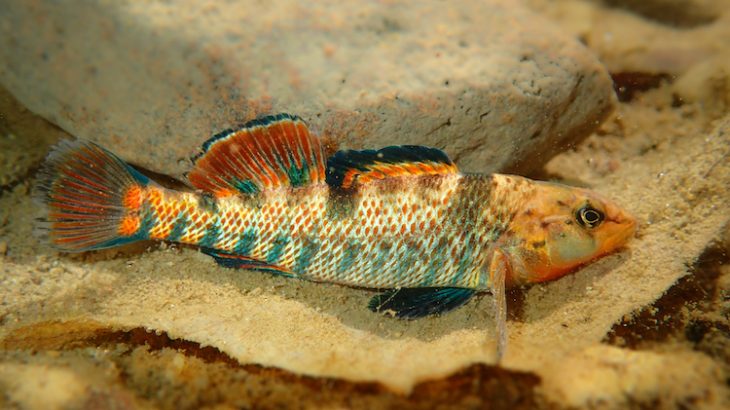
Adam Hunter, guest contributor – Nature Conservancy of Canada I recently watched a fascinating nature documentary series called Blue Planet II and was blown away by the wildlife spectacles that I saw and learned about in the series. One scene that especially stood out to me featured a 10-year-old female kobudai, a type of oceanic […]

